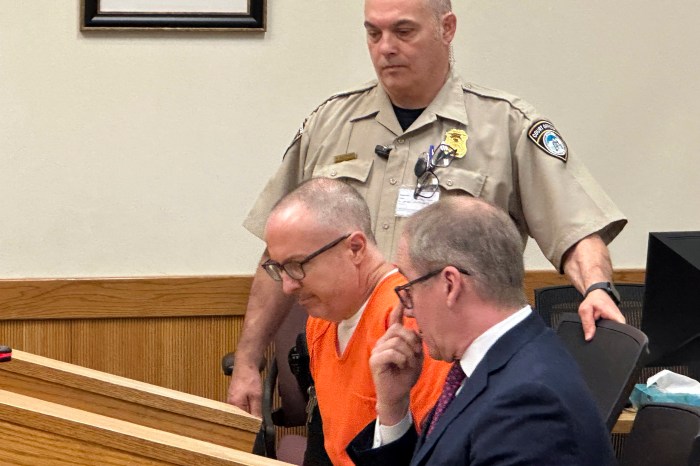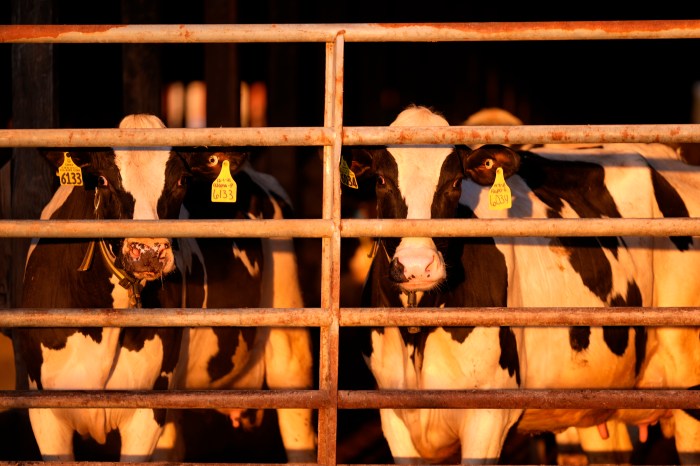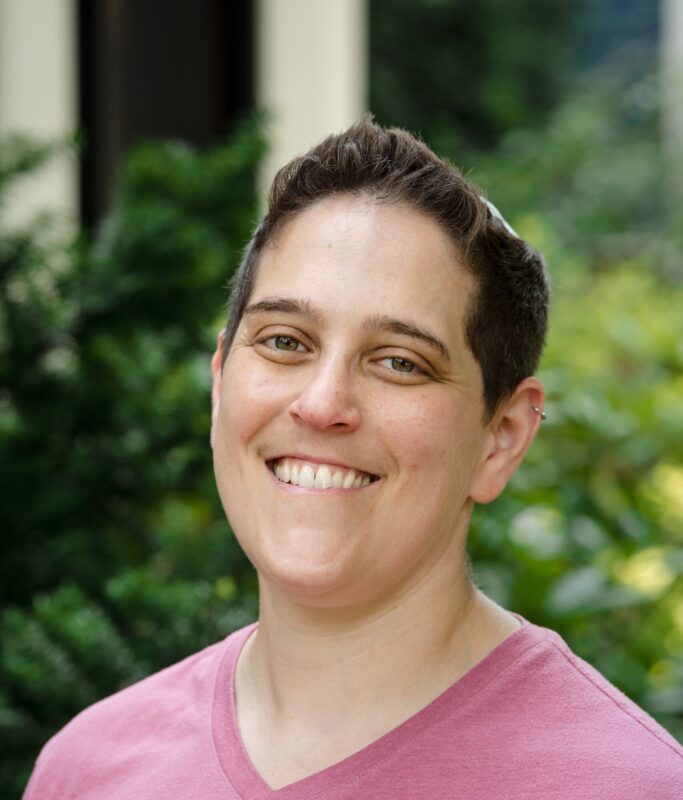NEW YORK (AP) — The U.S. on Saturday opened COVID-19 vaccines to infants, toddlers and preschoolers.
The shots will become available this week, expanding the nation’s vaccination campaign to children as young as 6 months.
Advisers to the Centers for Disease Control and Prevention recommended the vaccines for the littlest children, and the final signoff came hours later from Dr. Rochelle Walensky, the agency’s director.
“We know millions of parents and caregivers are eager to get their young children vaccinated, and with today’s decision, they can,” Walensky said in a statement.
While the Food and Drug Administration approves vaccines, it’s the CDC that decides who should get them.
The shots offer young children protection from hospitalization, death and possible long-term complications that are still not clearly understood, the CDC’s advisory panel said.
The government has already been gearing up for the vaccine expansion, with millions of doses ordered for distribution to doctors, hospitals and community health clinics around the country.
Roughly 18 million kids will be eligible, but it remains to be seen how many will ultimately get the vaccines. Less than a third of children ages 5 to 11 have done so since vaccination opened up to them last November.
Here are some things to know:
WHAT KINDS ARE AVAILABLE?
Two brands — Pfizer and Moderna — got the green light Friday from the FDA and Saturday from the CDC. The vaccines use the same technology but are being offered at different dose sizes and number of shots for the youngest kids.
Pfizer’s vaccine is for children 6 months to 4 years old. The dose is one-tenth of the adult dose, and three shots are needed. The first two are given three weeks apart, and the last at least two months later.
Moderna’s is two shots, each a quarter of its adult dose, given about four weeks apart for kids 6 months through 5 years old. The FDA also approved a third dose, at least a month after the second shot, for children with immune conditions that make them more vulnerable to serious illness.
HOW WELL DO THEY WORK?
In studies, vaccinated youngsters developed levels of virus-fighting antibodies as strong as young adults, suggesting that the kid-size doses protect against coronavirus infections.
However, exactly how well they work is hard to pin down, especially when it comes to the Pfizer vaccine.
Two doses of Moderna appeared to be only about 40% effective at preventing milder infections at a time when the omicron variant was causing most COVID-19 illnesses. Pfizer presented study information suggesting the company saw 80% with its three shots. But the Pfizer data was so limited — and based on such a small number of cases — that experts and federal officials say they don’t feel there is a reliable estimate yet.
SHOULD MY LITTLE ONE BE VACCINATED?
Yes, according to the CDC. While COVID-19 has been the most dangerous for older adults, younger people, including children, can also get very sick.
Hospitalizations surged during the omicron wave. Since the start of the pandemic, about 480 children under age 5 are counted among the nation’s more than 1 million COVID-19 deaths, according to federal data.
“It is worth vaccinating even though the number of deaths are relatively rare, because these deaths are preventable through vaccination,” said Dr. Matthew Daley, a Kaiser Permanente Colorado researcher who sits on the CDC’s advisory committee.
In a statement Saturday, President Joe Biden urged parents to get them for their young children as soon as possible.
WHICH VACCINE SHOULD MY CHILD GET?
Either one, said Dr. Peter Marks, the FDA’s vaccine chief.
“Whatever vaccine your health care provider, pediatrician has, that’s what I would give my child,’’ Marks said Friday.
The doses haven’t been tested against each other, so experts say there’s no way to tell if one is better.
One consideration: It takes roughly three months to complete the Pfizer three-shot series, but just one month for Moderna’s two shots. So families eager to get children protected quickly might want Moderna.
WHO’S GIVING THE SHOTS?
Pediatricians, other primary care physicians and children’s hospitals are planning to provide the vaccines. Limited drugstores will offer them for at least some of the under-5 group.
U.S. officials expect most shots to take place at pediatricians’ offices. Many parents may be more comfortable getting the vaccine for their kids at their regular doctor, White House COVID-19 coordinator Dr. Ashish Jha said. He predicted the pace of vaccination will be far slower than it was for older populations.
“We’re going see vaccinations ramp up over weeks and even potentially over a couple of months,” Jha said.
CAN CHILDREN GET OTHER VACCINES AT THE SAME TIME?
It’s common for little kids to get more than one vaccine during a doctor’s visit.
In studies of the Moderna and Pfizer shots in infants and toddlers, other vaccinations were not given at the same time so there is no data on potential side effects when that happens.
But problems have not been identified in older children or adults when COVID-19 shots and other vaccinations were given together, and the CDC is advising that it’s safe for younger children as well.
WHAT IF MY CHILD RECENTLY HAD COVID-19?
About three-quarters of children of all ages are estimated to have been infected at some point. For older ages, the CDC has recommended vaccination anyway to lower the chances of reinfection.
Experts have noted re-infections among previously infected people and say the highest levels of protection occur in those who were both vaccinated and previously infected.
The CDC has said people may consider waiting about three months after an infection to be vaccinated.
Associated Press writer Zeke Miller in Washington contributed to this report.
The Associated Press Health and Science Department receives support from the Howard Hughes Medical Institute’s Department of Science Education. The AP is solely responsible for all content.



















